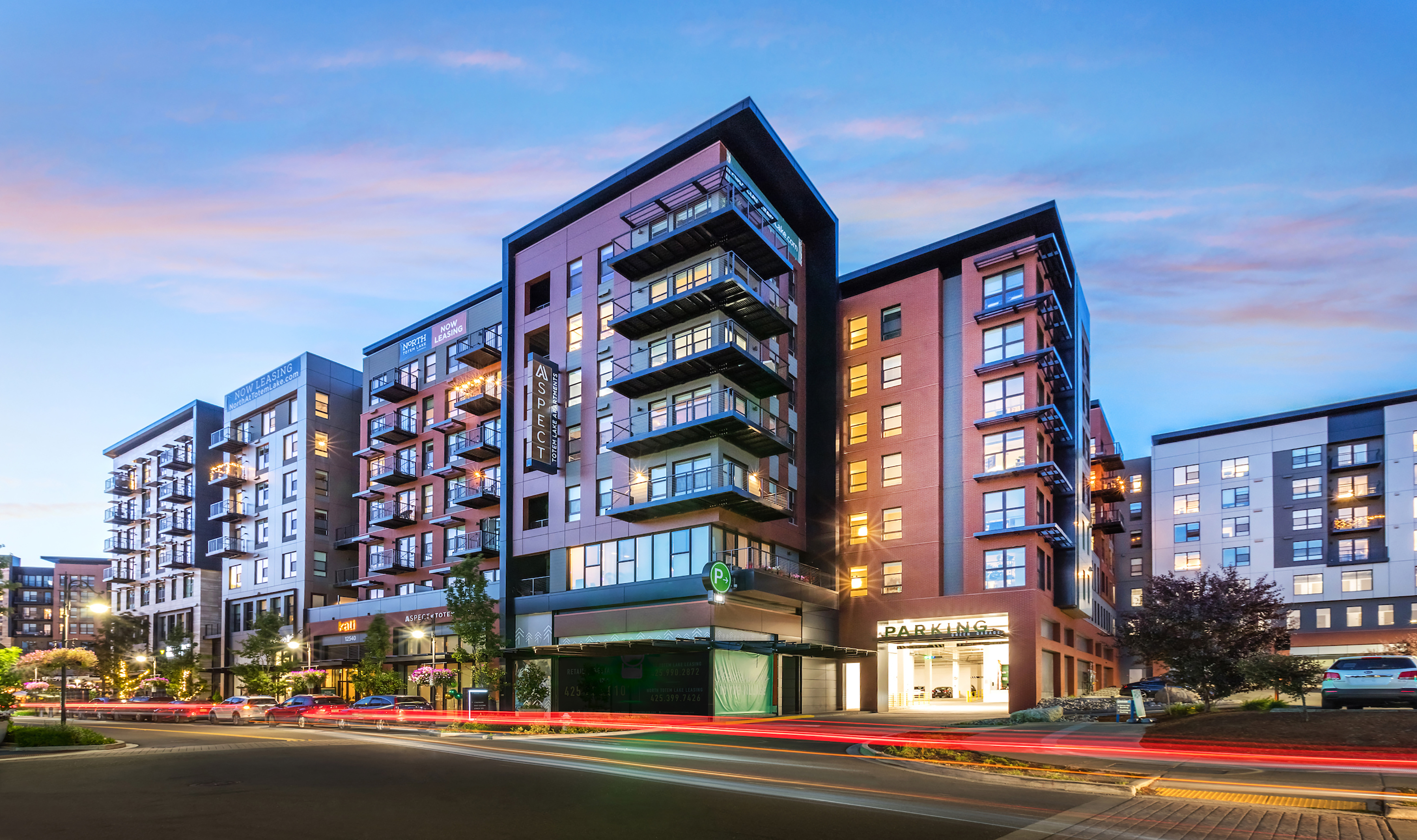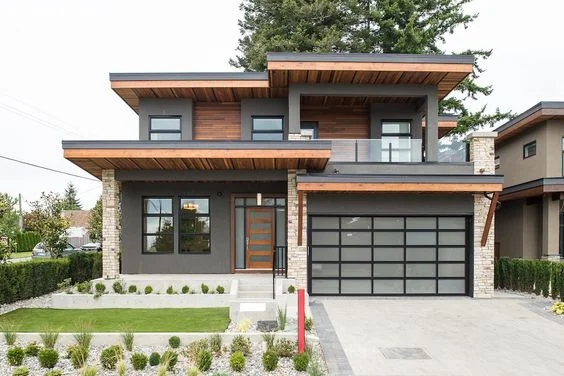
“The Rise of Co-living: A New Era in Community-Driven Residences”
**Introduction:**
In the fast-paced and interconnected world of today, traditional notions of living and community are undergoing a transformation. The rise of co-living represents a paradigm shift in how individuals approach residential spaces. This article explores the burgeoning trend of co-living and its impact on creating a new era of community-driven residences.
**1. **The Essence of Co-living:**
Co-living is more than just a housing arrangement; it’s a lifestyle choice centered around community, collaboration, and shared experiences. Unlike conventional living situations, co-living spaces are designed to foster a sense of belonging and social connection among residents.
**2.** **Community-Centric Design:**
Co-living spaces are meticulously designed to encourage interaction and collaboration. From shared kitchens and communal living areas to co-working spaces and recreational facilities, these residences prioritize communal living without compromising on personal space. The emphasis is on creating an environment where residents can build meaningful connections with their neighbors.
**3.** **Diverse and Inclusive Communities:**
One of the hallmarks of co-living is its ability to bring together individuals from diverse backgrounds, professions, and cultures. The inclusive nature of these communities fosters a rich tapestry of experiences, creating a dynamic and vibrant atmosphere within the shared living spaces.
**4.** **Flexible Living Arrangements:**
Co-living offers a flexible alternative to the rigidity of traditional leases. Residents can choose from various accommodation options, including short-term stays, giving them the freedom to adapt their living arrangements to match their evolving lifestyles. This flexibility appeals to a broad spectrum of individuals, from young professionals to digital nomads.
**5.** **Technology Integration:**
Technology plays a pivotal role in the co-living experience. Many co-living spaces leverage smart home technologies and platforms to enhance the resident experience. From app-controlled amenities to community-wide communication channels, technology serves as a facilitator of seamless and efficient communal living.
**6.** **Co-working Integration:**
Recognizing the evolving nature of work, co-living spaces often incorporate co-working facilities within their premises. This integration caters to the growing number of remote workers and freelancers, providing them with a dedicated and collaborative workspace just steps away from their living quarters.
**7.** **Sustainability and Shared Resources:**
Co-living promotes sustainability by optimizing the use of resources. Shared amenities, such as communal kitchens and laundry facilities, contribute to reduced environmental impact. Additionally, the sharing of resources aligns with a more sustainable and mindful approach to living.
**Conclusion:**
The rise of co-living marks a departure from conventional notions of housing, offering a dynamic and community-driven alternative. As individuals seek more than just a place to live, co-living spaces provide an avenue for fostering connections, sharing experiences, and creating a sense of belonging. In this new era of community-driven residences, co-living stands as a testament to the evolving needs and desires of individuals who value not only the space they inhabit but also the community they co-create.



